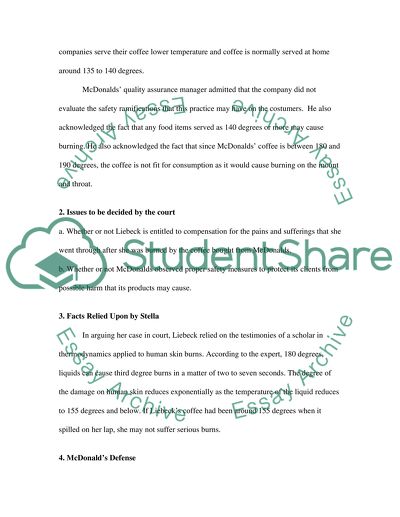Cite this document
(“Global Law Essay Example | Topics and Well Written Essays - 2500 words”, n.d.)
Retrieved from https://studentshare.org/environmental-studies/1409686-global-law
Retrieved from https://studentshare.org/environmental-studies/1409686-global-law
(Global Law Essay Example | Topics and Well Written Essays - 2500 Words)
https://studentshare.org/environmental-studies/1409686-global-law.
https://studentshare.org/environmental-studies/1409686-global-law.
“Global Law Essay Example | Topics and Well Written Essays - 2500 Words”, n.d. https://studentshare.org/environmental-studies/1409686-global-law.


